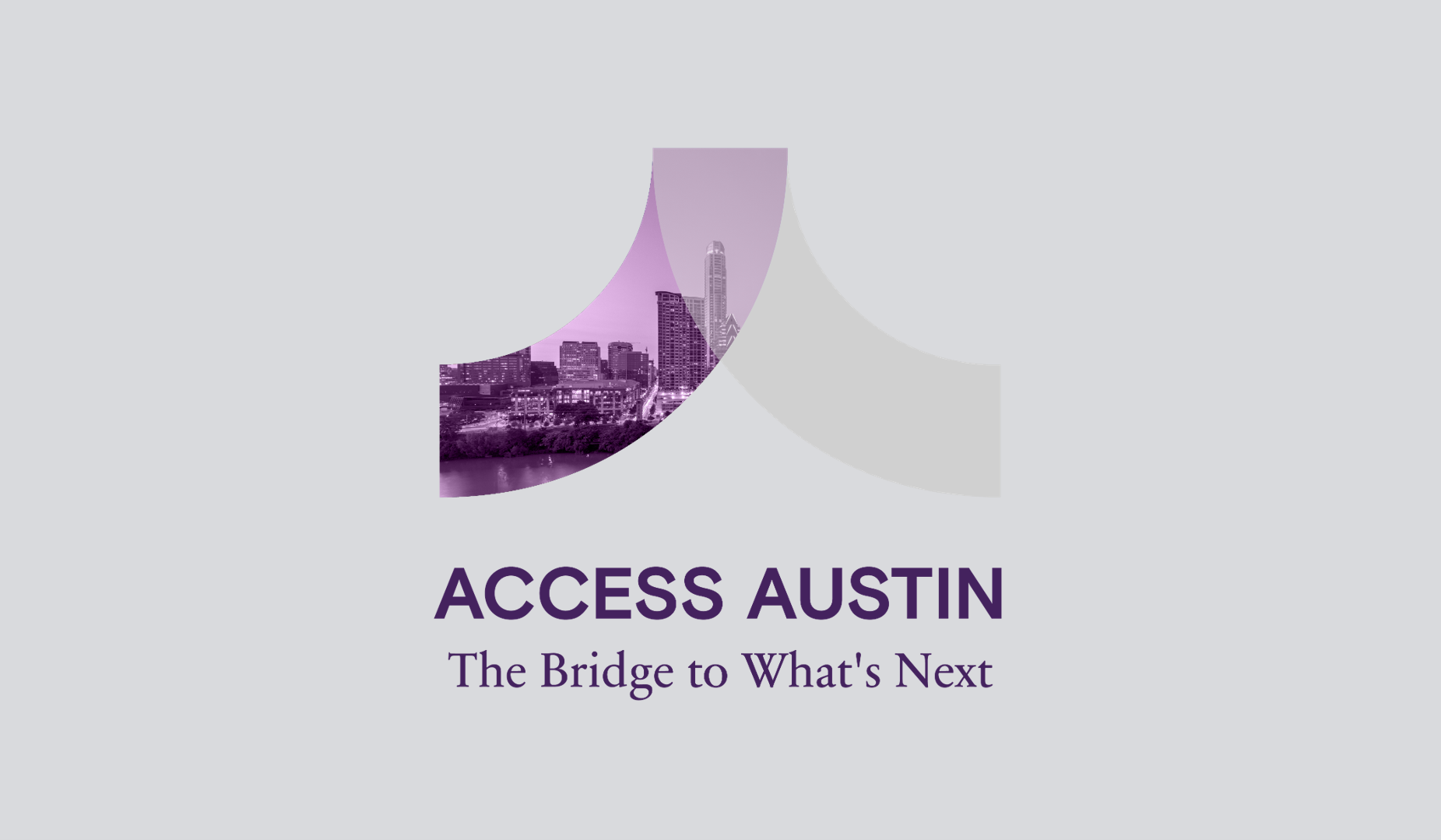When it comes to airport security, nothing can be left to chance. When you’re managing a constant flow of people, cargo, and high-value infrastructure, every entry point is a potential vulnerability. That’s why airports need modern, effective access control.
In this guide, we explain what airport access control is, what it matters most, and how to stay secure, efficient, and compliant in 2025 and beyond.
What is airport access control?
Airport access control refers to the systems and processes used to manage who can enter, move through, and interact with different zones of an airport. This includes both physical access (like secured doors, gates, and terminals) and digital access (like credentials, biometric scanners, and mobile passes).
The goal is to ensure only authorized individuals can access sensitive areas, from airside hangars to back-of-house baggage handling zones, and to monitor and record those interactions in real time.
Why airport access control is central to aviation security
Airports are high-risk environments. You have high volumes of passengers, staff, contractors, and vendors interacting with sensitive areas every minute of the day. Without tight access control, the risk of unauthorized entry, insider threats, and regulatory violations increases significantly.
For airports, reliability is non-negotiable. Security systems need to perform 24/7 without fail. Access control helps:
- Prevent breaches into restricted airside zones and staff-only areas
- Ensure compliance with national and international aviation regulations
- Control internal movement and monitor staff
- Respond quickly to incidents through integrated lockdown and alert systems
The key areas that need access control in airports
Access control needs to cover more than just terminal doors. Airports need layered protection across multiple zones:
Public terminals and departure halls
These need crowd control, passenger-only movement, and separation from restricted areas.
Staff-only zones and back-of-house operations
Loading docks, kitchens, storage areas, and janitorial spaces require role-specific access.
Checkpoints and boarding gates
Access should be limited to authorized staff and verified passengers, with real-time monitoring.
Baggage handling and cargo areas
These high-risk areas must be secured to prevent tampering, theft, or unauthorized access.
Airside zones
Runways, aprons, hangars, and control towers require the strictest access protocols, often involving multiple layers of authentication.
Types of access control systems used in airports
Different systems play different roles, depending on the sensitivity of the area:
Badge and card-based access
The most common system for staff access, often integrated with logging and tracking.
Biometric authentication
Fingerprint, facial recognition, or iris scanning provides high-assurance identity verification.
Mobile credentials and smart identity
Phones can act as secure digital access passes, reducing the need for physical cards.
Turnstiles, mantraps, and physical barriers
Used in high-traffic areas to prevent tailgating and unauthorized entry.
What to look for in an airport access control system
Not all access control is created equal. For airport environments, look for systems that offer:
- Real-time monitoring and alerts for immediate response
- System-wide lockdown capabilities for emergencies
- Integration with CCTV, intrusion detection, and HR systems
- Role-based and time-restricted access to support operational flexibility
- High availability and cloud-native design for scale, redundancy, and remote management
- Secure credential management including support for biometric and mobile access
Read more: The Ultimate Guide to Cloud-Based Access Control
Best practices for securing terminals, gates, and staff areas
Building strong airport access control is about more than installing card readers or biometric scanners. The system should be paired with operational discipline, continuous oversight, and the ability to adapt. Here’s what that looks like in practice:
Tiered access levels based on job roles and zones
Not every airport employee needs the same level of access. A janitor, a baggage handler, and an air traffic controller each require different movement permissions. Implementing role-based access control (RBAC) means assigning access permissions based on job function and designated work zones.
For example:
- Security staff may access all restricted zones but not HR offices.
- Food service contractors may only access designated back-of-house kitchens and storage.
- Airline staff may have time-bound access to gates and boarding bridges tied to their flight schedule.
This minimizes risk by ensuring people only go where they are required to perform their duties.
Routine audits of access logs and credential assignments
Access logs should be reviewed regularly to detect unusual activity or outdated credentials. An employee who left six months ago should no longer have active access.
Audits help answer key questions:
- Are there employees with more access than needed?
- Are any badges being used outside expected hours or zones?
- Are visitor credentials being properly issued and expired?
Regular staff training on badge use, escalation procedures, and security protocols
Even the best system can fail if staff do not understand how to use it properly. All employees, from frontline crew to management, should receive regular training on:
- How to use ID badges or mobile credentials correctly
- What to do if a badge is lost or stolen
- How to report suspicious access attempts or tailgating
- How to escalate a potential breach or system error
Training should be refreshed annually and immediately during major system updates or changes in protocol.
Emergency protocols including override access and lockdown drills
Airports must be prepared to respond quickly to emergencies, whether it’s a security threat, fire, or natural disaster. The best access control systems support:
- Remote lockdowns for affected zones or entire terminals
- Override access for emergency responders
- Clear communication systems to alert staff and passengers
These should be tested during scheduled drills to ensure staff know how to respond and systems perform as expected.
Continuous system evaluation to adapt to evolving threats and operational changes
Airport operations never stand still. Flight schedules shift, terminals are expanded, new regulations are introduced. Security systems must evolve too.
This means:
- Reviewing access control policies during operational planning
- Updating access points and credential systems during renovations
- Reassessing system integrations when new technologies (like AI-enabled cameras or digital signage) are added
- Ensuring access systems are updated with the latest software patches and cybersecurity protections
Airport access control and regulatory compliance
Access control plays a direct role in helping airports meet national and international aviation security standards. Regulatory bodies expect not only secure access but full accountability and the ability to demonstrate that proper controls are in place.
Here are key frameworks that access control helps support:
TSA regulations (United States)
The Transportation Security Administration requires airports to implement access controls that prevent unauthorized access to secured areas. This includes employee vetting, badging programs, access audits, and physical security standards for entry points.
ICAO Annex 17
The International Civil Aviation Organization sets global standards for aviation security. Annex 17 outlines the need for restricted area controls, identity verification, and system-wide coordination of security procedures.
IATA operational safety standards
The International Air Transport Association includes access control expectations as part of broader airport safety and efficiency benchmarks. This focuses on managing staff movement and protecting operational zones.
Local aviation security authorities
Each country has its own aviation authority, such as the UK’s CAA or Canada’s CATSA, that enforces domestic access and safety requirements.
How access control supports compliance:
- Credential tracking ensures each staff member has defined permissions and expiration dates.
- Access logs provide a historical record for audits and investigations.
- Real-time alerts enable swift responses and incident documentation.
- System reports help airports demonstrate readiness during regulatory inspections.
Failing to meet these standards can result in fines, sanctions, or loss of certifications, making robust access control essential.
Common challenges in airport access control
While modern access control systems offer powerful capabilities, airports often face practical challenges in implementation and management. Here’s how those obstacles typically show up, and how they can be addressed:
Managing large volumes of staff, vendors, and contractors
Airports employ thousands of individuals across dozens of job roles, often including short-term contractors and temporary staff. Managing who needs access, when, and where can quickly become overwhelming.
Solution:
Use role-based access and automate credential issuance via HR integrations. Systems like Acre’s FITS allow dynamic access provisioning based on job titles or scheduling data.
Balancing high security with smooth passenger flow
Security cannot slow down airport operations. But poor access design (such as long clearance times or frequent badge rejections) can lead to bottlenecks or frustrated employees.
Solution:
Deploy mobile credentials, biometric authentication, and contactless readers in high-traffic zones. These technologies speed up secure access while maintaining high verification standards.
Integrating legacy systems with modern, cloud-based platforms
Many airports still rely on older access systems that were not designed to integrate with today’s cloud-native platforms or enterprise-wide dashboards.
Solution:
Choose providers that offer flexible integration tools, APIs, and support for hybrid environments. Acre, for example, bridges legacy and modern systems with seamless cloud adoption and real-time monitoring.
Dealing with frequent credential changes due to high turnover and rotating shifts
Turnover is common in airport environments, and many roles operate on variable shift patterns. This makes it easy for credentials to go out of sync or be left active after they should be revoked.
Solution:
Set up centralized credential management with automated expiration and time-restricted access. Conduct routine reviews and use tools that flag inactive or misused credentials.
Acre Security: airport access control solutions you can trust
Acre Security provides the tools, flexibility, and expertise to protect every square foot of your facility. Read about how we provide multi-terminal security for Dublin Airport Authority.
acre Access Control is cloud-native, scalable, and designed to manage airport-wide access from a single platform. It enables role-based permissions, mobile credentials, biometric access, and real-time lockdown functionality.
Acre Intrusion strengthens perimeter defense and less-trafficked areas with intelligent detection and automated alerts.
Visitor Management Systems streamline check-ins, track identities, and offer 24/7 virtual receptionist support for secure, efficient entry.
Comnet by Acre ensures data flow and system integrity with industrial-grade switches and storage.
FITS automation and Gallery integrations let you build custom workflows without code, syncing access rules with HR and operations tools.
Whether it’s a regional airport or a global hub, Acre delivers the reliability and control aviation environments demand.
Let’s secure what matters. Talk to Acre.



-2.png)

